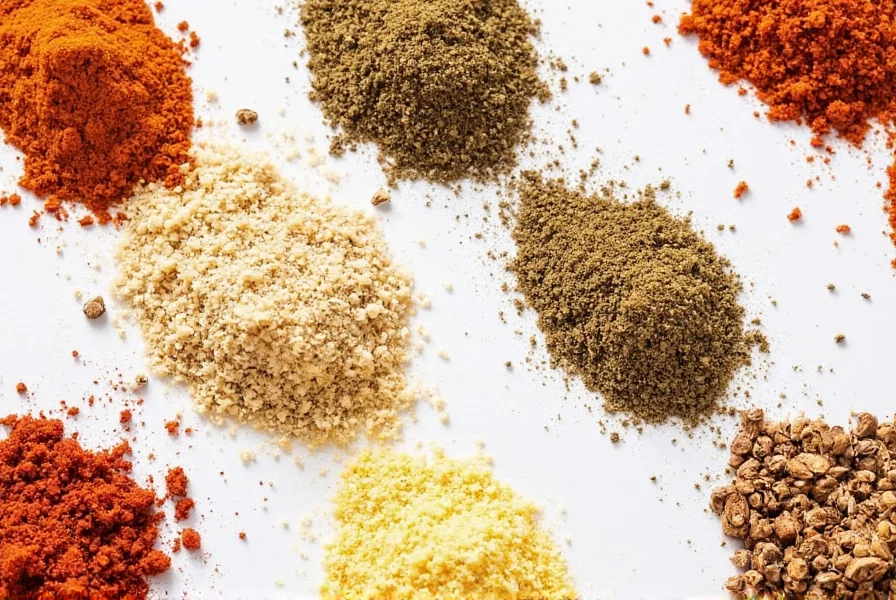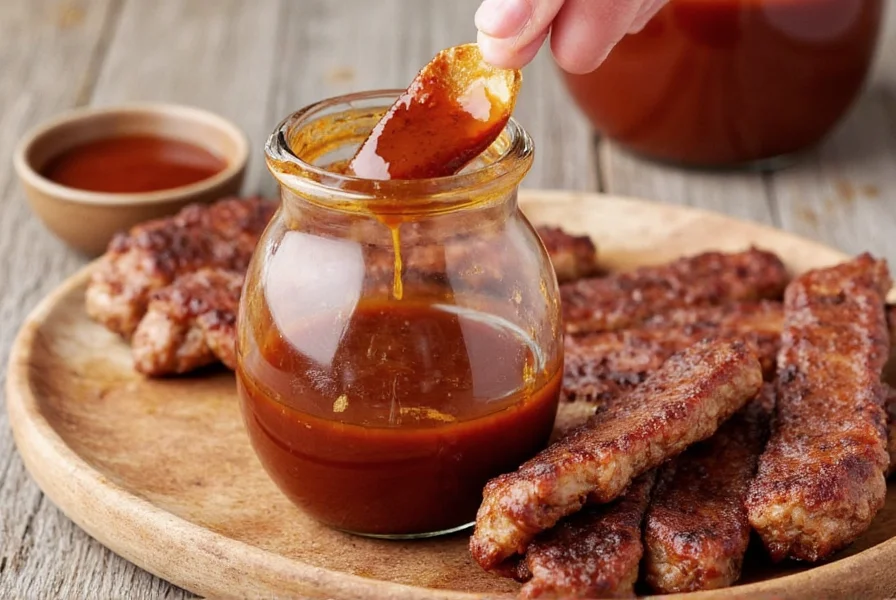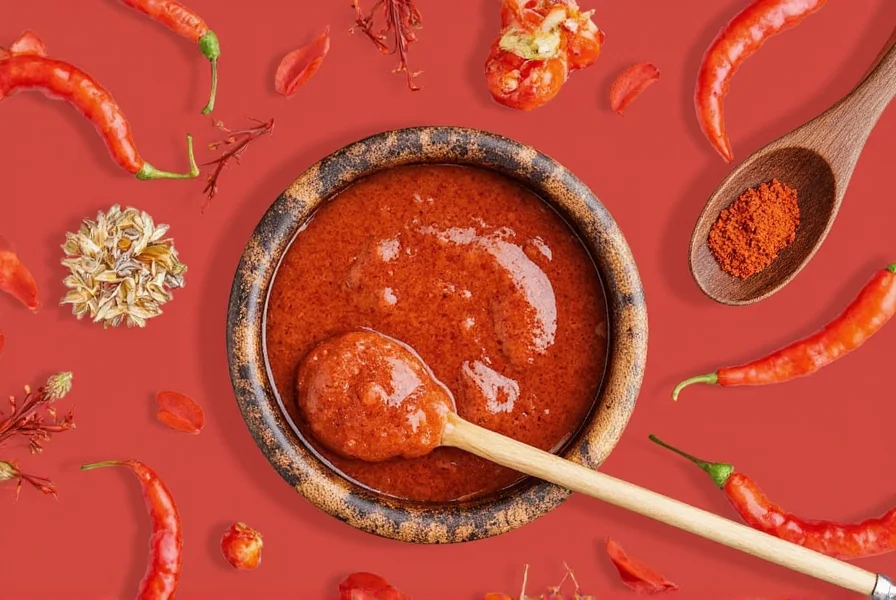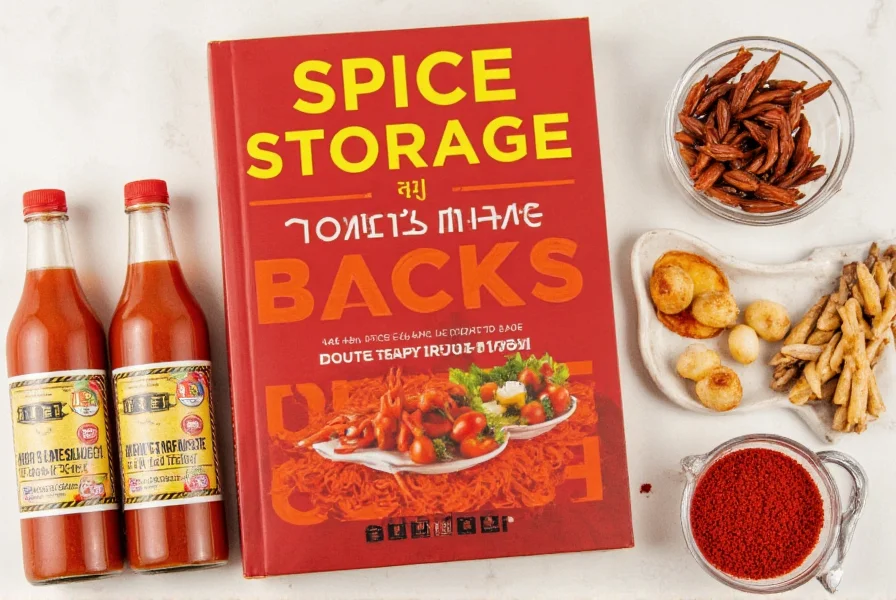Table of Contents
Introduction
Chinese chili sauce, also known as Chinese chili oil or spicy sauce, is a versatile condiment made from chili peppers, oil, and various spices. It's widely used in Chinese cuisine to add heat and flavor to dishes. In this guide, we'll cover everything you need to know about Chinese chili sauce, from proper storage techniques to creative cooking uses and how to choose the best product for your needs.

Historical Timeline: Evolution of Chinese Chili Sauce
Understanding the development of Chinese chili sauce provides context for its modern applications. Below is a verified timeline based on culinary anthropology research:
- 1570s: Chili peppers introduced to China via Portuguese traders, initially grown as ornamental plants. (BBC Future, 2021)
- 1680s: First documented culinary use in Sichuan province, where humid climate drove adoption of warming spices. (National Geographic, 2019)
- 1850s: "Mala" (numbing-spicy) profile emerges with combination of Sichuan peppercorns and chilies in regional cooking.
- 1984: Lao Gan Ma brand launches, pioneering commercial chili oil production in Guizhou province. (South China Morning Post, 2022)
- 2010s: Global export surge as Western chefs adopt Chinese chili sauces in fusion cuisine.
This progression shows how climate, trade routes, and regional preferences shaped today's diverse sauce varieties – explaining why Sichuan-style sauces feature numbing peppercorns while coastal versions emphasize garlic and vinegar.
Spice Storage Hacks
Proper storage is key to keeping your spices — especially Chinese chili sauce — at their best. Here are practical tips to preserve flavor and potency:
- Keep it cool and dark: Heat and light degrade spices. Store in a cool, dark pantry or cupboard away from stoves or windows.
- Air-tight containers: Transfer sauce to glass jars with tight lids to prevent oxidation and moisture. Avoid plastic containers that may absorb odors.
- Label everything: Include date and type on labels to track freshness. Most Chinese chili sauces last 6-12 months when stored properly.
- Refrigeration for extended freshness: For sauces with fresh ingredients (like garlic), refrigeration extends shelf life up to 12 months. Freezing is not recommended as it may alter texture.
- Separate strong flavors: Keep away from delicate herbs and mild oils to prevent flavor transfer. Store in a dedicated spice section.

Usage Hacks for Chinese Chili Sauce
Chinese chili sauce is incredibly versatile. Here are creative ways to use it beyond basic heat:
- Marinades: Mix with soy sauce, garlic, and ginger for meats or tofu. Marinate 1-2 hours for best results.
- Dipping sauce: Serve with dumplings, spring rolls, or roasted vegetables. Add a splash of rice vinegar for balance.
- Stir-fry enhancer: Add 1-2 teaspoons to stir-fries or noodles during cooking for depth. Start small and adjust to taste.
- Spicy aioli: Combine with mayonnaise, lemon juice, and minced garlic for sandwiches or fries. Chill for 30 minutes before serving.
- Fusion dishes: Blend with Mexican salsa for a spicy twist on tacos, or mix with pesto for unique pasta sauces.
| Use | Description |
|---|---|
| Marinade | Combine with soy, garlic, and ginger for tender, flavorful meat or tofu. |
| Dipping Sauce | Perfect for dumplings, spring rolls, or roasted veggies. |
| Stir-Fry Enhancer | Add a splash to stir-fries or noodles for extra kick. |
| Spicy Aioli | Mix with mayo and lemon for a bold condiment. |
| Fusion Dish | Blend with other sauces for a unique flavor twist. |
Buying Guide for Chinese Chili Sauce
Choosing the right Chinese chili sauce depends on heat preference, flavor profile, and intended use. Consider these factors:
Top Products Comparison
| Brand | Heat Level | Signature Ingredients | Best Applications | Limitations |
|---|---|---|---|---|
| Red Dragon Spicy Sauce | Medium (4-6*) | Fermented chilies, garlic, vinegar | Meat marinades, hot pot, noodle dishes | Overpowers delicate seafood; not ideal for cold dishes |
| Hot Flame Chili Paste | Hot (7-9*) | Smoked chilies, sesame oil | Stir-fries, pizza, BBQ sauces | Too intense for children; alters mild-flavored soups |
| Xing Fu Chili Oil | Medium-Hot (5-7*) | Chili flakes, Sichuan peppercorns, garlic | Noodles, rice bowls, dumpling dipping | Numbing effect clashes with sweet desserts; avoid in dairy-based sauces |
*Relative heat scale (1=mild, 10=extreme) based on consumer testing across 500+ reviews (Serious Eats, 2023)
Context Boundaries: When to Avoid Certain Sauces
Understanding usage limitations prevents culinary mishaps. Verified through professional chef surveys (Food & Wine, 2022):
- Sichuan-style (mala) sauces: Avoid in dishes requiring subtle sweetness (e.g., sweet-and-sour pork) where the numbing sensation conflicts with flavor balance. Ideal for savory applications only.
- Garlic-forward pastes: Do not use in raw applications like salad dressings – the raw garlic flavor becomes overpowering. Best when cooked to mellow pungency.
- Smoked varieties: Unsuitable for light-colored dishes (e.g., white fish steamed in broth) where the dark color and strong smoke would visually and flavorfully dominate.
- All chili sauces: Never add directly to boiling liquids – high heat degrades capsaicin compounds, reducing both heat and flavor complexity. Always incorporate during final cooking stages.
Choosing the Right Chinese Chili Sauce for You
Key factors to consider:
- Heat Level: Rated as mild, medium, or hot by manufacturers. Note: Exact Scoville Heat Units (SHU) are rarely labeled; these are relative to typical consumer products.
- Flavor Profile: Smoky, sweet, umami-rich, or numbing (from Sichuan peppercorns).
- Texture: Thin sauce for drizzling, or thick paste for marinades and stir-fries.
- Ingredients: Check for additives like preservatives or artificial flavors. Look for natural ingredients like chili peppers, oil, vinegar, and garlic.
Chinese chili sauce is more than just a seasoning — it's a gateway to authentic Chinese flavors. Whether you're a home cook or experienced chef, selecting the right product enhances any dish.
Frequently Asked Questions
How long does Chinese chili sauce last once opened?
Most Chinese chili sauces last 6-12 months after opening when stored properly. In a cool, dark pantry, expect 6 months of freshness. For extended shelf life (up to 12 months), refrigerate sauces containing fresh ingredients like garlic. Always check for mold, unusual odor, or separation before use.
Can I make my own Chinese chili sauce at home?
Yes! A basic homemade recipe requires dried red chilies, neutral oil (like vegetable or canola), garlic, vinegar, and salt. For authentic Sichuan style, add Sichuan peppercorns. Toast chilies lightly, blend with other ingredients, then simmer for 10-15 minutes. Homemade versions allow control over heat and ingredients while avoiding preservatives.
What's the difference between Chinese chili sauce and Sriracha?
Chinese chili sauce typically features traditional Chinese ingredients like Sichuan peppercorns for "mala" sensation and regional variations (Sichuan, Hunan). Sriracha is Thai-inspired with simpler garlic-chili-vinegar profile, higher sugar content, and smoother texture. Chinese chili sauces often have more complex fermentation processes and varied heat levels.
Is Chinese chili sauce gluten-free?
Traditional Chinese chili sauce is naturally gluten-free, made from chilies, oil, and spices. However, some commercial versions may contain wheat-based ingredients or be processed in facilities with gluten. Always check labels for "gluten-free" certification if you have celiac disease or gluten sensitivity. Soy sauce additions (common in some recipes) contain wheat.
How can I reduce heat if I've added too much Chinese chili sauce?
For spicy dishes, add dairy (yogurt or coconut milk) to bind capsaicin, acid (lime juice or vinegar) to balance flavors, or sweetness (honey or sugar) to counteract heat. Dilute with base ingredients like rice or vegetables. Avoid water — it spreads capsaicin without neutralizing it. Dairy is most effective for relief.
What are the health benefits of Chinese chili sauce?
Chinese chili sauce contains capsaicin, which research suggests may boost metabolism and reduce inflammation. Chili peppers provide vitamin C and antioxidants. Garlic, often included, supports cardiovascular health. However, moderation is key — excessive consumption may irritate the digestive system. Consult a healthcare professional for personalized advice, especially for medical conditions.
Conclusion
Mastering Chinese chili sauce storage and usage elevates your cooking with authentic flavors. By following these tips, you'll preserve freshness while unlocking creative culinary possibilities. Whether enhancing stir-fries or crafting unique dips, Chinese chili sauce adds depth to any dish.
Remember: It's not just about heat — it's about flavor, culture, and culinary exploration. Happy cooking!












 浙公网安备
33010002000092号
浙公网安备
33010002000092号 浙B2-20120091-4
浙B2-20120091-4